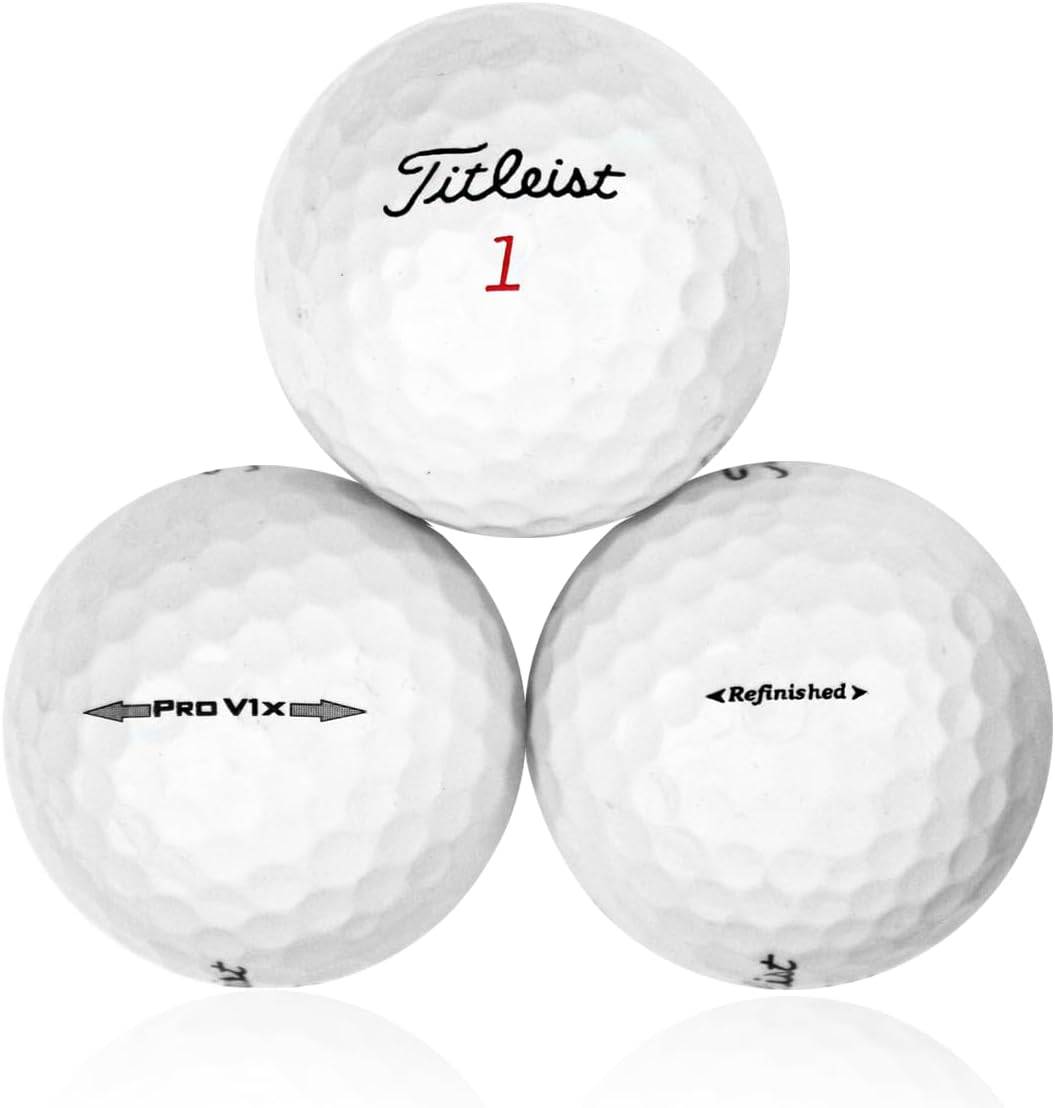As golfers, we’re always seeking that perfect combination of equipment and technique to improve our game. The number and shape of dimples on a golf ball are often overlooked, but they have a big effect on how well it plays. Have you ever wondered, “How many dimples are on a golf ball, and what purpose do they serve?”
In this guide, we’ll delve into the fascinating world of golf ball dimples. From their impact on ball flight to the science behind their design, we’ll uncover the secrets that make these small dimples a big deal in golf.
The Science Behind Golf Ball Dimples
To understand the importance of dimples on a golf ball, let’s first explore the science behind them.
Minimizing Air Resistance
Dimples on a golf ball are not just for aesthetics; they serve a crucial function. When a golf ball is in flight, it encounters air resistance, which can significantly affect its trajectory.
Dimples are placed on the surface of the ball to disrupt the airflow around it. His forms a thin layer of turbulent air on the ball’s surface, which sticks to the ball and reduces drag. This lets the ball keep its lift and move farther.
Lift Force and Ball Flight
One of the primary goals of golf ball dimples is to generate lift force. Lift force is the upward force that keeps the ball in the air against the pull of gravity. The dimples are a key part of making this force stronger because they create the needed movement and lower the air pressure on the top of the ball.
Different Dimple Patterns
Manufacturers try out different dimple designs to improve the performance of golf balls. Two of the most common dimple patterns are 328 dimples and 352 dimples. The design you choose can affect how the ball flies, how it spins, and how well it plays.
- 328 Dimples: Golf balls with 328 dimples fly farther and spin faster than those with fewer dimples. Pro players often choose balls with 328 dimples so they can control their shots more precisely, especially when they are near the greens.
- 352 Dimples: Golf balls with 352 dimples tend to offer a more stable and consistent flight. Golfers who play for fun often use them to make their shots smoother and longer.
Impact on Golf Ball Performance
The number and size of dimples on a golf ball can have a big effect on how well it plays.
Deeper vs. Shallower Dimples
Deeper dimples tend to make more turbulence, which can increase lift and spin. This is advantageous for golfers who want to control the ball’s trajectory and shape shots, such as fades or draws.
Shallower dimples, on the other hand, create less turbulence and may result in a more stable, straighter ball flight. Golfers seeking distance and accuracy often prefer golf balls with shallower dimples.
The Role of Dimple Patterns

The choice of dimple pattern also affects the golf ball’s behavior on the course.
328 Dimple Pattern
Balls with a 328 dimple pattern are known for their ability to hold the greens. They generate higher spin rates, making them ideal for approach shots and shots around the green.
352 Dimple Pattern
Golf balls with a 352 dimple pattern are designed for distance and stability. They offer a straighter and more predictable ball flight, making them suitable for longer shots from the tee.
The History of Dimples on Golf Balls
The concept of dimples on golf balls dates back to the late 19th century. Early golf balls were typically smooth, with a smooth surface. Golfers quickly realized that these smooth balls didn’t travel as far or as predictably as they’d like.
Evolution of Dimpled Golf Balls
To address this issue, golf ball manufacturers began experimenting with different designs, including adding dimples to the ball’s surface. The first dimpled golf balls had a relatively small number of dimples, and their patterns were irregular.
As our knowledge of physics grew over time, golf ball designs became more complex. The number of dimples grew, and the designs of those dimples became more uniform and carefully planned to improve performance.
Modern Golf Balls
Modern golf balls boast crafted dimple patterns tailored for specific goals, be it distance, control, or accuracy. Dimples serve as a versatile tool for manufacturers to fine-tune a ball’s performance.
How Many Dimples Are on a Golf Ball?
Now, let’s address the central question: How many dimples are on a golf ball? The answer may surprise you. The number of dimples on a golf ball can vary widely depending on the manufacturer and the specific ball model.
Typical Dimple Counts
While there is no standard number of dimples that all golf balls adhere to, there are some common ranges. Most golf balls have anywhere from 300 to 500 dimples. Some may have more, and a few might have fewer. However, the majority of golf balls on the market fall within this range.
Example Counts
As previously mentioned, 328 and 352 dimples are common counts for golf balls. For instance:
- Titleist Pro V1 typically features 352 dimples.
- Titleist Pro V1x has 328 dimples.

The Impact of Dimple Count
You might be wondering whether the number of dimples on a golf ball has a significant impact on its performance. The answer is yes, but it’s not the only factor to consider.
Other Factors That Matter
While the number of dimples plays a role in a golf ball’s flight and performance, it’s just one piece of the puzzle. Other factors, such as dimple depth, dimple pattern, and core design, also influence how a golf ball performs.
Finding the Right Ball
In the end, the best golf ball for you relies on things like how fast you swing, how you play, and what you like. The number of dimples grew, and the designs of those dimples became more uniform and carefully planned to improve performance.
Conclusion
In conclusion, the number and shape of dimples on a golf ball are not just for looks. They are important features that have a big impact on how the ball flies and how well it works. Players can choose the right ball for their game by knowing how dimples work and what effect they have on lift, spin, and direction.
Whether you want precision and control or distance and accuracy, the science of dimples is an important part of getting the most out of your golf game. So, the next time you tee off, remember that those tiny dimples are working hard to help you get the best result possible on the course.
